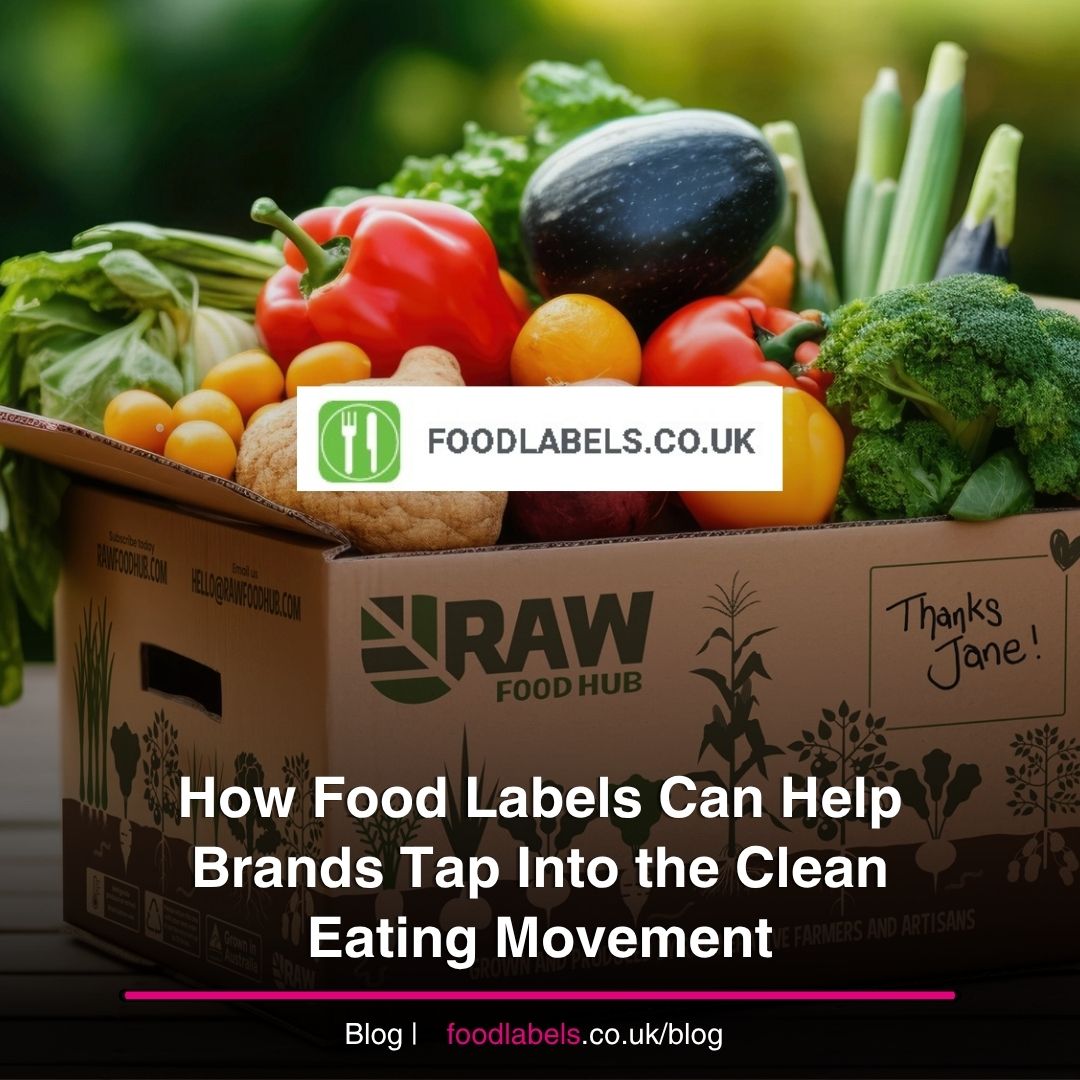How Food Labels Can Help Brands Tap Into the Clean Eating Movement

Clean eating has moved from a niche wellness trend to a mainstream lifestyle. Shoppers are paying closer attention to the ingredients in their food, prioritising simplicity, transparency, and perceived wholesomeness. For brands, smart labelling strategies can bridge the gap between product and consumer – and turn passive browsers into loyal buyers.
What Clean Eaters Want to See
Clean eating consumers look for products that feel fresh, real, and minimally processed. They scan labels quickly, and if a product doesn’t align with their values, they move on. To appeal to this audience, labels need to communicate a story of trust.
Key elements that resonate include:
- Short, recognisable ingredient lists: The fewer ingredients, the better. Avoid chemical-sounding names.
- Clear sourcing info: Call out organic, local, non-GMO, or regenerative ingredients when possible.
- Allergen and additive transparency: Highlight if a product is free from artificial preservatives, colours, or common allergens.
- Certifications: Logos like USDA Organic, Non-GMO Project Verified, and Whole30 Approved can signal credibility instantly.
Design Matters, Too
Beyond the content, visual cues matter. A clean design reinforces the clean eating message by signalling simplicity and honesty. Use white space generously to avoid clutter, and stick to soft, neutral colours that suggest freshness and calm. Straightforward typography—sans-serif fonts with plenty of breathing room—helps readability and supports a minimal, natural feel.
Avoid overly bold, metallic, or glossy finishes, which can give the impression of artificiality or overprocessing. Every design choice should reflect what’s inside the package: something real, wholesome, and thoughtfully made.
Functional Label Features That Help
Clean eaters often want more information than what a small label can fit, especially on compact packaging or products with complex ingredient stories. In these cases, extended label formats can add depth without cluttering the design. Peel-and-reveal panels are a popular solution. They give brands room to explain ingredient choices, sourcing practices, or environmental commitments in more detail, all while keeping the outer label simple and visually appealing.
Another effective tool is the QR code. When scanned with a smartphone, it can direct consumers to landing pages with sourcing maps, behind-the-scenes videos, detailed nutritional breakdowns, or third-party certification info. This digital extension of the label offers transparency without sacrificing design, giving clean eating shoppers the information they value most.
Compliance Without Compromise
Clean eating labels still need to meet regulatory standards. That includes nutritional facts, allergen disclosures, and manufacturing details. The challenge is fitting it all in without overwhelming the design. Strategic placement and hierarchy can help. For example, keep legal essentials on the back or bottom, while letting front-facing real estate do the emotional work.
Why It Pays Off
Brands that align with the clean eating movement often see stronger customer loyalty and higher price tolerance. Shoppers feel good about choosing products that reflect their values—and food labels are the first touchpoint for that decision.
In a crowded market, the label can be the reason someone picks up your product in the first place. Make it count.
